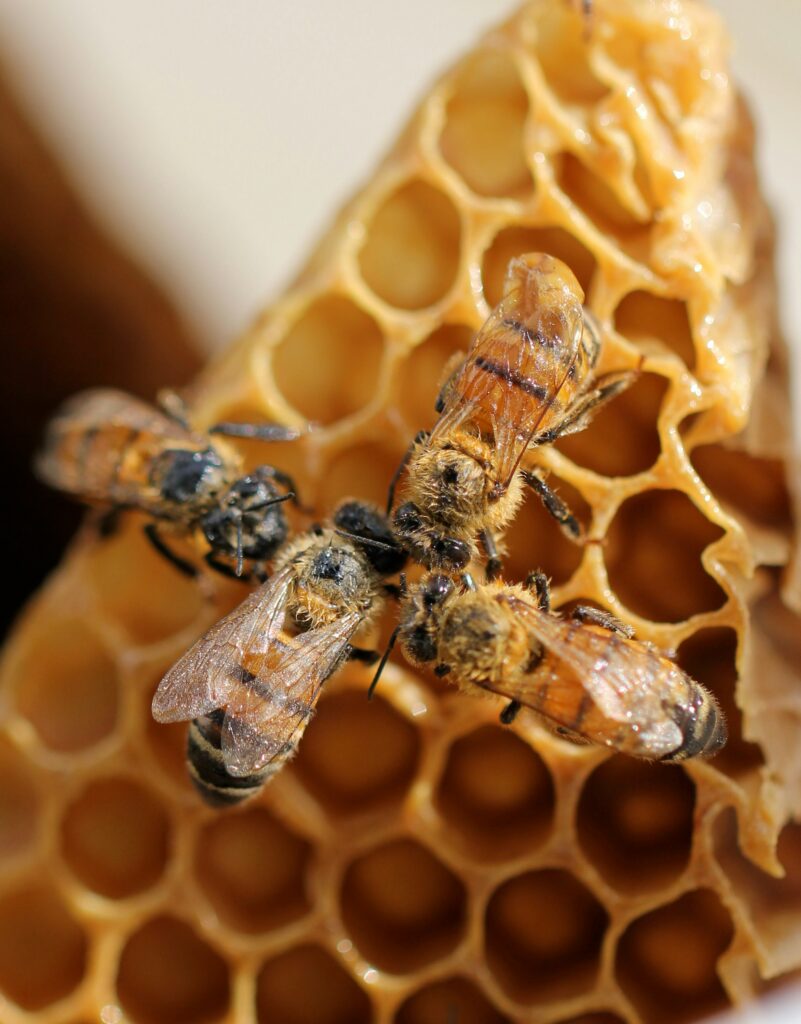Wild bees carefully choose which flowers to visit in order to balance their intake of protein, fats and carbohydrates, according to new research. Ecologists from Northwestern University and the Chicago Botanic Garden studied eight bumblebee species in the Colorado Rockies over eight years, creating a nutritional map of the pollen available in the ecosystem.
By collecting pollen samples from the flowers bees visited, the team analyzed their macronutrient content and discovered striking differences. Some flowers contained as little as 17% protein, while others reached up to 86%. Seasonal changes also played a role, with spring flowers offering protein-rich pollen, while late-summer blooms provided more fats and carbohydrates.
Nutritional Diversity Key to Conservation
The study, published in the Proceedings of the Royal Society B: Biological Sciences, revealed that larger-bodied bees with longer tongues tended to favor high-protein pollen, while shorter-tongued bees sought out pollen richer in sugars and fats. Colonies also shifted their dietary needs as they developed through the season.
Lead author Justin Bain compared the nutritional range to human diets: “Some pollen is like a steak, others more like a salad.” Senior researcher Paul CaraDonna stressed the importance of these findings for conservation and garden design, noting that pollinators need a diversity of nutrients rather than a single type of floral resource.
With pollinator populations under pressure from habitat loss, climate change and poor nutrition, the study highlights the need to protect and cultivate a wide mix of wildflowers. As Michael Walsh of The Urban Apiarist observed, the research shows bees’ remarkable collective intelligence in solving dietary challenges—a resilience that underscores the urgent need to protect both bees and their ecosystems.


